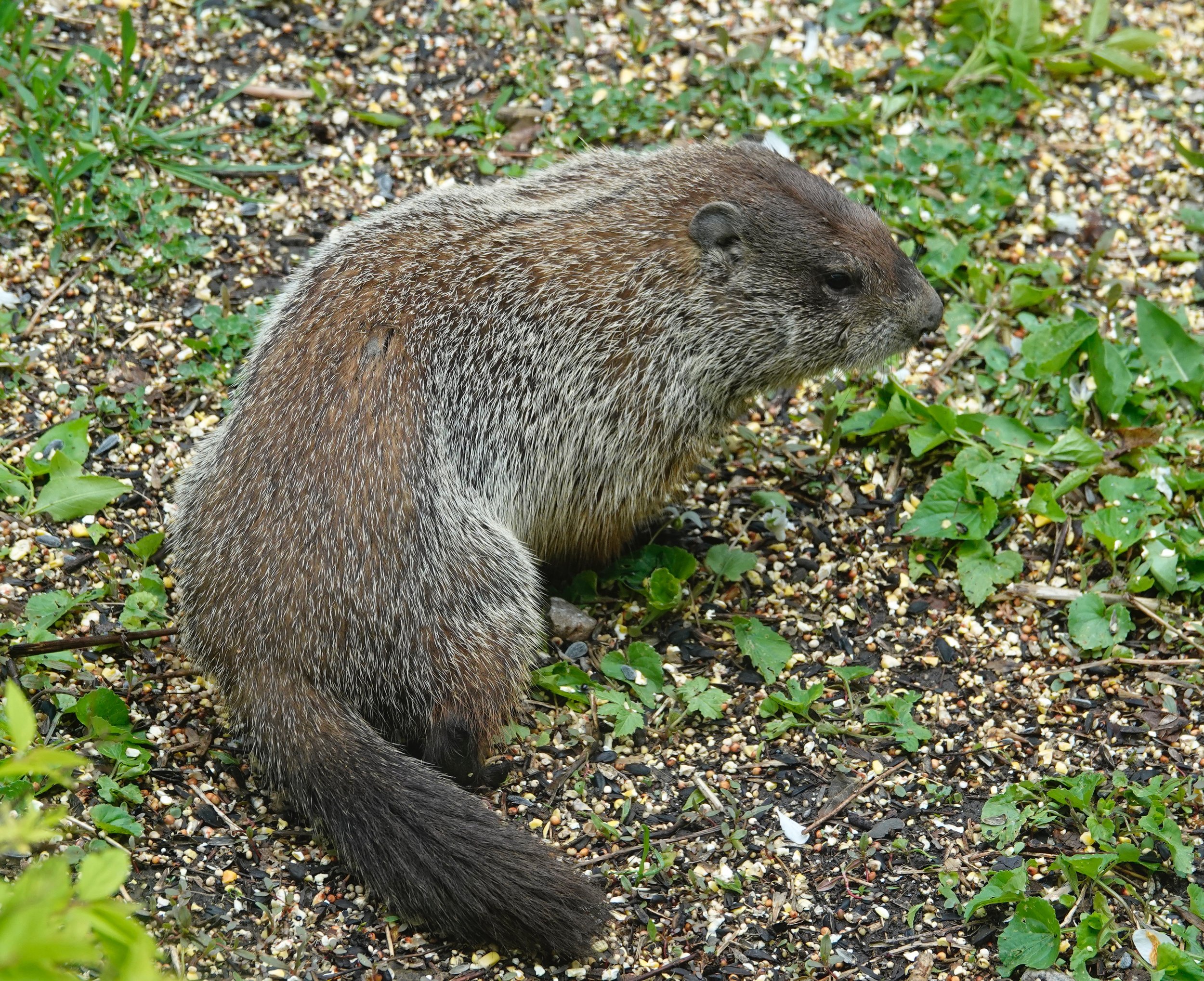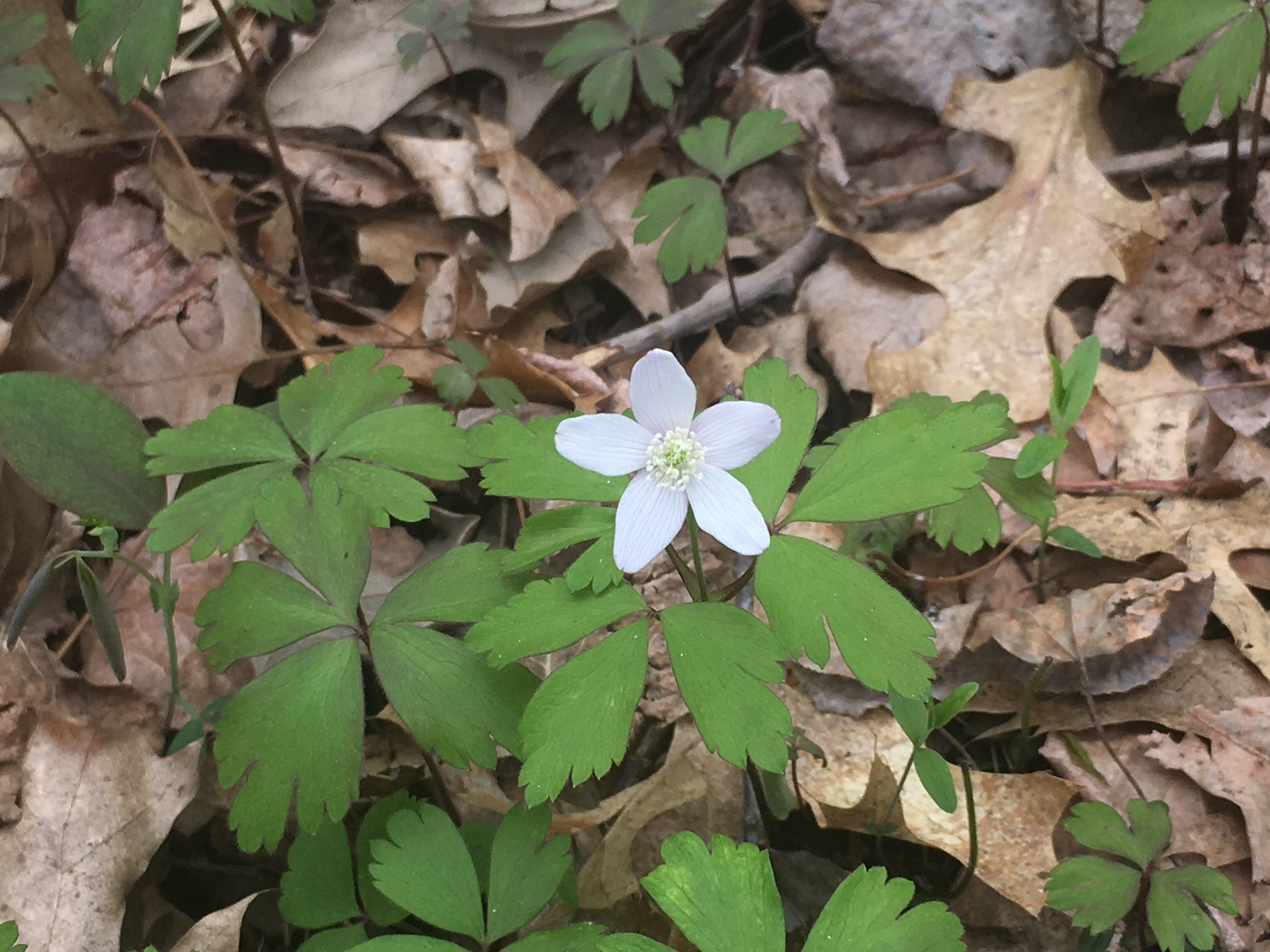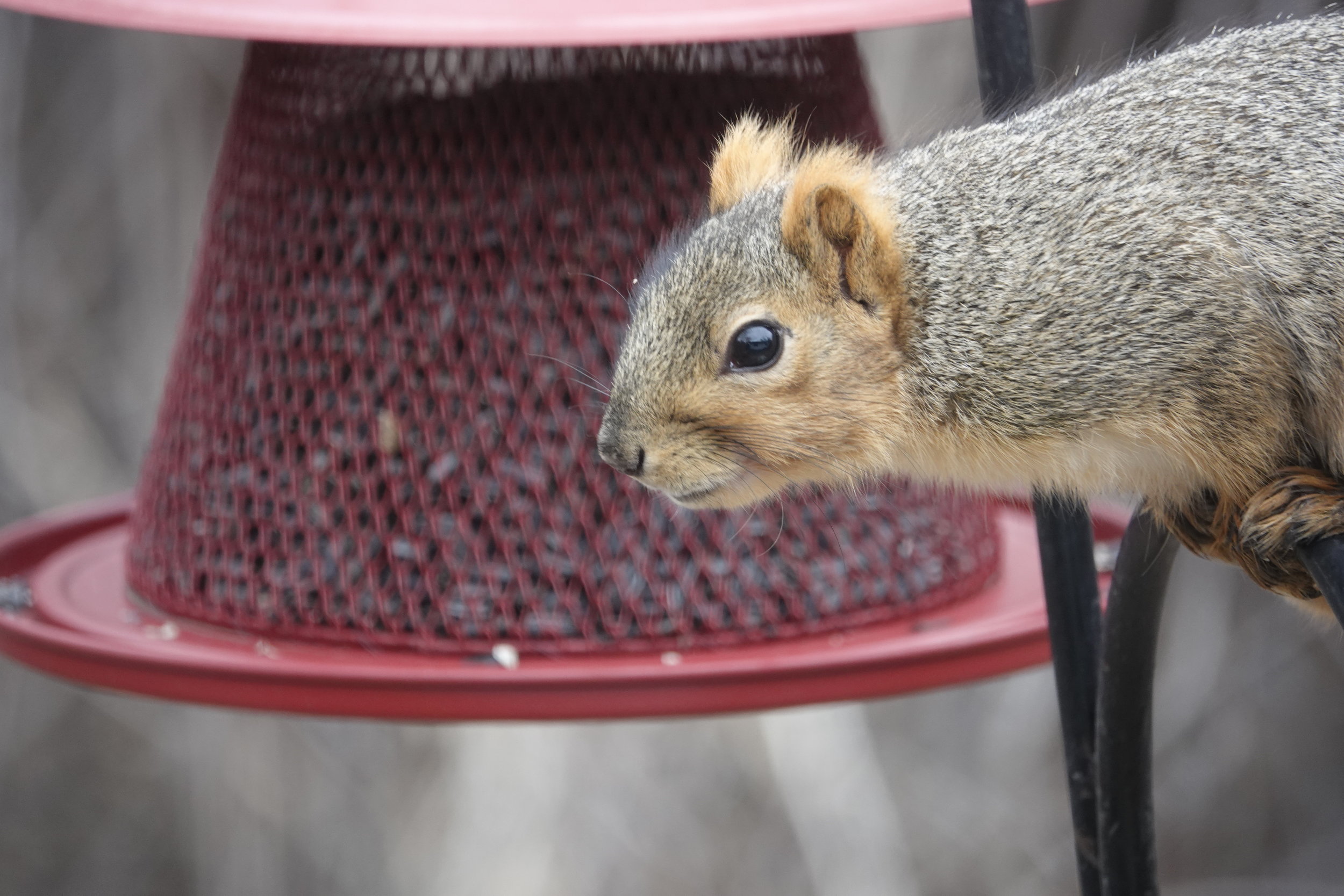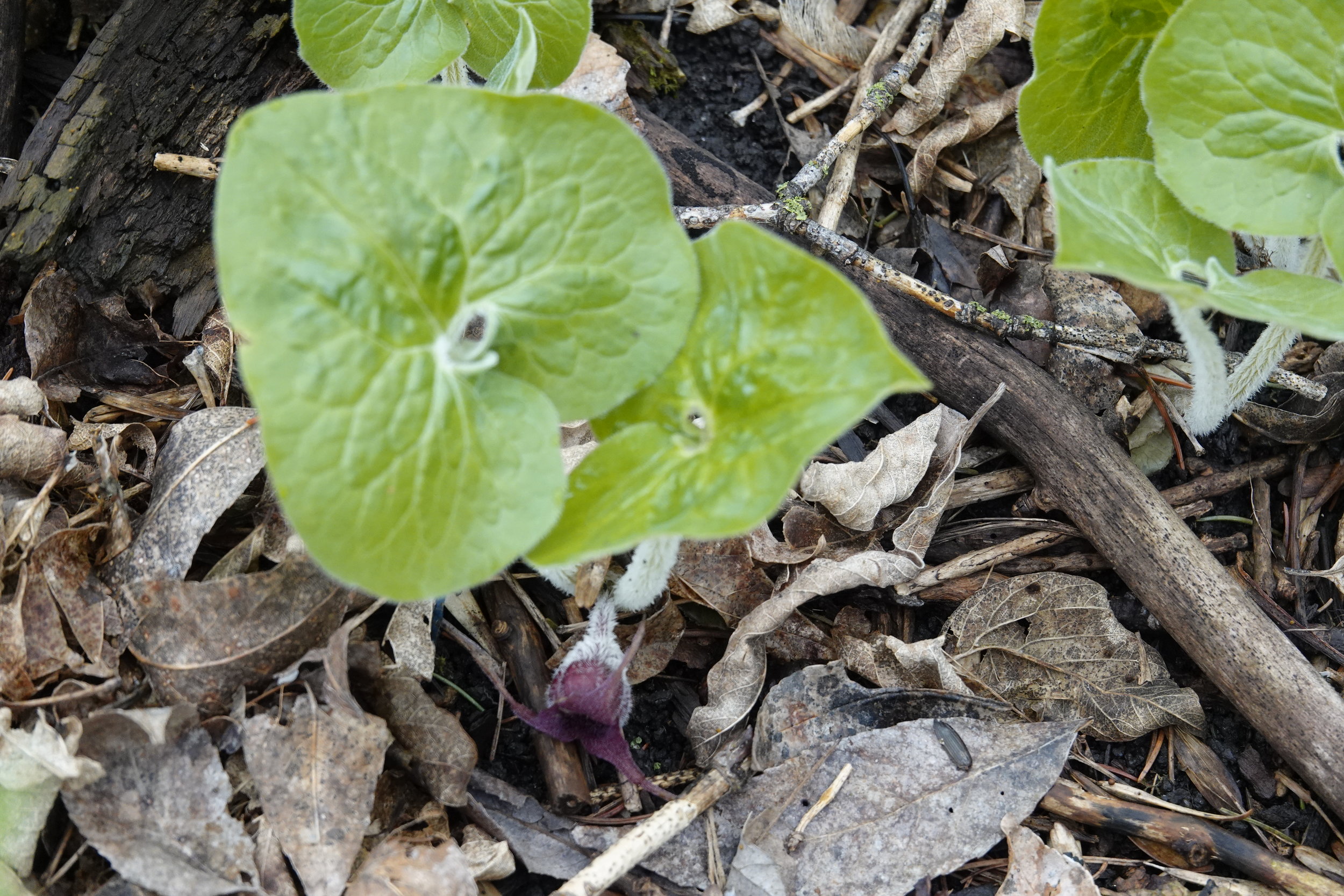Orange you pretty.
A female indigo bunting is a fine looking bird.
As the rain poured down, the great blue heron and I became drenched.
A meowing gray catbird.

Orange you pretty.

A female indigo bunting is a fine looking bird.

As the rain poured down, the great blue heron and I became drenched.



A meowing gray catbird.

Orioles feeding at the trough of oranges.

I watched to see how much wood it would chuck if it could chuck wood. It did no wood chucking.

A scarlet tanager’s song has been compared to that of a “robin with a sore throat.”

Orioles share a kiss.

A black-winged redbird.
The scarlet tanager.

A tanager with a hint of a smile.

Zip-a-dee-doo-dah, zip-a-dee-ay
My, oh, my, what a wonderful day
Plenty of sunshine headin' my way
Zip-a-dee-doo-dah, zip-a-dee-ay!
Mister Bluebird's on my shoulder
It's the truth, it's "actch'll"
Everything is "satisfactch'll"

A raccoon giving me a Bronx cheer.
Al Batt of Hartland. Email him at SnoEowl@aol.com.
My neighbor Crandall stops by.
“How are you doing?” I say.
“Everything is nearly copacetic. Any day I wake up and there is no chalk outline drawn around my body is a good day. I spent a few bucks on lottery tickets, but they didn’t turn me into a multi-millionaire. That’s the bad news. The good news is that I’ve yet to lose a billion dollars.”
Naturally
I watched warblers. There are collective nouns for warblers: bouquet, confusion, fall and wrench. The most abundant warbler I saw was the yellow-rumped warbler, nicknamed the butterbutt for obvious reasons. It winters farther north than most warblers because it can digest the wax in berry coatings. It gleans insects from vegetation and from the ground, catches flying insects and will eat suet and peanut butter. This warbler will even snatch insects from spiderwebs.
Denny Tostenson of Albert Lea told me that a look out a window of his house showed rose-breasted grosbeaks, Baltimore orioles, scarlet tanager and indigo buntings. Denny canceled his tee time on the golf course.
Some might consider where I live to be nowhere. But it can’t be nowhere. I can see everything from here.
We should know the common birds the best of all. Nobody will ever look at birds the way you do. Knowing the common birds makes it easier to recognize uncommon birds. If they don’t match the looks of a common bird, they might be something else. Neal Batt of Hartland found a long-eared owl that way. It didn’t quite look like a great horned owl.
The morning started the usual way. The neighbors’ rooster crowed. I had to chase a long-haired yellow cat, fat and nearly pink in color, away from my feeders. This day, that apparently well-fed cat had killed a tiny Lincoln’s sparrow. A sad thing indeed. The nimbleness of a cat that looks out-of-shape is impressive.
I watched a number of grackles in our yard. Common grackles sometimes nest in loose colonies, showing limited territoriality except in the immediate area of a nest. Ogden Nash wrote this about the grackle:
“The grackle’s voice is less than mellow,
His heart is black, his eye is yellow,
He bullies more attractive birds,
With hoodlum deeds and vulgar words,
And should a human interfere,
Attacks that human in the rear.
I cannot help but deem the grackle,
An ornithological debacle.”
As I look out my window, I realize there are those who might think that I live nowhere or at least I can see nowhere from here, but they are wrong. I look out my window and I see everything.
I came out of a Barnes & Noble store. I go into bookstores because I’m unable not to. I bought a book written by a late friend, Bill Thompson III. When I came out, I saw a mallard nesting in a concrete planter outside the busy bookshop and just in front of a parking stall. Birders are noticers. There was sparse vegetation in the planter, but the hen did an effective job of hiding. It wasn’t perfect camouflage or I wouldn’t have seen her, but it was good. The disturbing thing was that there were many cigarette butts in the planter. I don’t think the duck had been smoking them.
Q&A
“What is the range of Baltimore Orioles?” They breed into central Canada and in the eastern U.S. as far south as Louisiana. They winter in southeastern U.S., Central America and the tip of South America.
“Do you have a simple tip for using binoculars to watch birds?” Find the bird with your eyes and then bring the binoculars to your eyes.
“I see some baby geese are missing. What would take them?” Raccoons, foxes, bears, coyotes, ravens, crows, gulls, hawks, owls, snakes, mink, eagles and snapping turtles could prey upon the goslings.
“What bird incubates its eggs the longest?” The kiwi, 70 to 80 days.
“What bird builds the smallest nest?” My guess would be the bee hummingbird of Cuba. It weighs less than a dime and its nest is an inch across.
“How long does it take an oriole to build a nest?” It takes a Baltimore oriole about a week, but bad weather may stretch nest building to as long as two weeks.
“What is the difference in binoculars?” Some are better than others. Some are a Chevy and others a Lexus. They both get you there. One costs much more. Maybe you get there a little faster or the ride is a bit smoother. And you might look cooler.
Thanks for stopping by
“I felt my lungs inflate with the onrush of scenery — air, mountains, trees, people. I thought, ’This is what it is to be happy.’” — Sylvia Plath
“Of all the paths you take in life make sure some of them are dirt.” — John Muir
Do good.
© Al Batt 2019

Thanks to a good GPS.

It may quack like a duck, but the wood frog blends in.

The lovely wood anemone flowers before the trees set leaves. I hear it called windflower or nightcaps.

I walked the trails of Quarry Park and Nature Preserve in Waite Park, Minnesota. It was a marvelous mosey.

I walked the trails of Quarry Park and Nature Preserve in Waite Park, Minnesota. It was a marvelous mosey.

I love the smell of lilacs in the morning.

Seeing a red-headed woodpecker adds a luster to my day.

A yellow-rumped warbler. Autocorrect wants it to be a yellow-rumpled warbler.
My neighbor Crandall stops by.
“How are you doing?” I ask.
“Everything is nearly copacetic. I’m looking at old cars that
would be new to me. I do car rescues. I adopt cars. One is an itty-bitty job. I’ll have to lose weight just to get in it. I’ve gone on a diet of pizza and jelly doughnuts.”
“You think that will help you lose weight?” I say.
“I don’t know, but I’m willing to give it a try.”
Naturally
I walked to the mailbox one morning. At the edge of the yard, there were two gray partridges. I startled them into flight. One flew north and one flew south, not likely to be seen by me for another year. I’m glad they survived our April ice and snow. I see them rarely here in the backcountry.
I watched a male cardinal feeding his mate. I’m surprised to see a cardinal anywhere other than in its preferred habitat, a Christmas card. Male goldfinches made it a lemon drop day.
My eyes were drawn to a dead tree where a great blue heron, a turkey vulture and two starlings were perched. I’m easily amused, but that thrilled me.
I let my ears take me hostage. A house wren sang a song that a bird the size of an eagle should have been singing. It provided a yard full of song. A chipping sparrow chooses to trill more like an insect than like Elvis Presley.
A visit to a local lake showed a double-crested cormorant as a blue-eyed low rider when settling in the water like a loon. Spring hurries along. It wasn’t long ago when I watched a love hexagon of five northern shoveler drakes chasing one hen. They flew as a group. It was a cross between a courtship flight and police pursuit. Now Canada goose goslings are learning to mow the lawn.
Wings & Wetlands Festival
It was my pleasure to speak at the Wings & Wetlands Festival in Great Bend, Kansas. The festival featured Cheyenne Bottoms and Quivira National Wildlife Refuge — two of America’s best birding spots for both birds and birders. The great wisdom of the world was evident as there were always more birds than birders. Cheyenne Bottoms is the largest inland marsh (41,000) acres in the US. I visited the wonderful Kansas Wetlands Education Center. It gave me a delightful walking and learning experiences.
My first field trip stop presented a motionless American bittern pretending to be marsh vegetation in a sneeze of a misty and foggy morning. In my boyhood years, this bird was called a slough pump because of its loud “oong-KA-chunk” or “pump-er-lunk” call. Others called it a belcher squelcher, thunder pumper or stake driver. When spotted, the bittern sometimes freezes in place with its bill pointed skyward. It sways side to side, hoping to be mistaken for reeds.
I pointed out a sedge wren for some avid birders from New Mexico. I listened as I told them that I was pro-sedge wren. Odd. “Way to take a stand,” I thought.
I pointed out a skink and a Kansan told me that when I see a lizard, it’s a sign of rain. I smiled in disbelief, but it rained anyway.
In his song, “It Can’t Happen Here,” Frank Zappa warbled, “Who could imagine that they would freak out somewhere in Kansas.”
I’m going to use the definition of freak out indicating heightened excitement and conclude that Zappa was watching birds at Cheyenne Bottoms or Quivira when he wrote that.
Another line in the song said, “Who could imagine that they would freak out in Minnesota.” I could imagine that.
There are two kinds of people. Being someone at the Wings & Wetlands Festival might be better than either one.
Q&A
Millie Westland of Hayward asked if orioles eat marshmallows. They do. I’ve seen people in the Lower Rio Grande Valley in Texas feeding marshmallows to orioles and other birds. If an oriole in your yard is wearing a cowboy hat, it’ll likely be used to chowing down on marshmallows. Are they good for birds? I don’t know. A dedicated s’mores eater I know claims marshmallows are a health food.
“How long are a pelican’s wings?” An American white pelican has a nine-foot wingspan.
“How long does a deer live?” The oldest wild white-tailed deer lived 20 years.
“What percent of blue jays migrate?” Less than 20 percent.
Thanks for stopping by
“We don’t need more to be thankful for, we just need to be more thankful.” — Carlos Castaneda
“A strong nation, like a strong person, can afford to be gentle, firm, thoughtful, and restrained. It can afford to extend a helping hand to others. It is a weak nation, like a weak person, that must behave with bluster and boasting and rashness and other signs of insecurity.” — Jimmy Carter
Do good.
©Al Batt 2019

This white-faced ibis, sporting the colors of a flock of bantam roosters, can be mistaken for a glossy ibis. - Al Batt/Albert Lea Tribune

We all itch. If we’re lucky, we can scratch.

The expectant couple.

An orchard oriole gives me a mirthful mind.

Sweet jelly brings a sweet bird (orchard oriole).

I don’t see many flamingos in my yard. Actually, I don’t see any there. These are three of the flamingos I’ve never seen in my yard.

This is the work of a taxidermist in Kansas. He has a smelly job.

A magnolia blossom brightens the leaves.

It’s easy to become too lippy about tulips.

Violets rock.

The saying is that the song of the rose-breasted grosbeak sounds like a robin that has had singing lessons.


The April ice storm was hard on the yard trees. Gordy Ebnet rose high and higher to trim damaged branches.

The eye of a mallard hen.

I came out of a Barnes & Noble store in St. Cloud, Minnesota, and saw this nesting mallard.

This mallard is nesting in a planter outside a busy bookstore. I hope she wasn’t the one smoking the cigarettes.


Rocky Raccoon checked into his room. This raccoon is no Rocky. It checks into my bird feeders at dusk.

A nest being built to a Baltimore oriole’s specification.

Enter stage left.

A prairie dog looking for a cubicle.

Are 144 grosbeaks a gross of grosbeaks? I think so.

It was nice of Mr. Harris to share his sparrow with those of us without a bird carrying our names.

The whistling song of the field sparrow is a series of whistles that accelerate away.

This Baltimore oriole has never played against the Minnesota Twins.

A red-eared slider hanging out with its buddies.

There is a hint of the rufous undertail coverts on this gray catbird.

Lovey-dovey Eurasian collared-doves.



It’s a lemon drop day thanks to goldfinches.

An American bittern pretending to be marsh vegetation in the sneeze of a misty morning.

A nesting pair of Canada geese. Their relationship was on the rocks.
©Al Batt of Hartland Email him at SnoEowl@aol.com.
My neighbor Crandall stops by.
“How are you doing?” I ask.
“Everything is nearly copacetic. I should be checking the roof of my house for winter damage, but I don’t like heights. I suffer a bout of anxiety when I stand on my tiptoes. So, I think I’ll set up a lawn chair and make a day of it.”
“Make a day of what?” I say.
“Sitting in a lawn chair, of course.”
Naturally
I watched a red-tailed hawk kiting into the wind. It had nothing to do with a check-kiting scheme. The wind allowed the raptor to hover while hunting. This hawk preys primarily on mammals.
The yard birds come and go. They are not to be confused with the Yardbirds, a rock band, whose hits included “For Your Love” and “Heart Full of Soul.” Back to my yard birds. Bird migrations carry magic and wonder in their feathers. Spring migrations are more colorful as birds wear breeding plumages. Fall migration has more birds with the young birds included. The new birds are more likely to take a wrong turn and end up where they aren’t supposed to be, much to the delight of a birder.
The world is in technicolor and most birds are breath-stopping beauties, but the loveliness of some of the warblers makes for feathered jewels. I recall being a boy toiling the farm fields on a tractor without a cab one spring day. The weather had been good and bad. A little rain, some wind and then sun. I brought the tractor to a stop at the edge of the woods. I grabbed my poor man’s lunch pail (a bread wrapper) and climbed onto a low hanging branch of a lofty tree to enjoy a couple of bologna and Velveeta sandwiches and a like number of sugar cookies. As I munched away, I heard the chips of birds. I looked up to see branches covered in American redstarts drooping wings and fanning tails in order to flush insect prey from vegetation. The males flashed orange and black, while the females, nicknamed yellowstarts by some birders, showed yellow and gray. The large number of dancing warblers made me say “Wow” more than once. Their presence made for the best of dinner entertainment. I watched the warblers for exactly too long when I should have been working. As I resumed work, I wished the tractor offered a warbler floor show, too.
Spring may have sprung. My winter coat has been put away, the land smells of spring, the whole world seems to be chirping and a visit to an ice cream shop doesn’t sound like an insane idea.
Birds have to deal with the weather. Everything does. For the Great Lakes, Ohio Valley and Midwest, the “Farmers’ Almanac” predicts heat and humidity will build in June and July will be stormy and warm. A stormy summer is on tap for the region overall. Severe weather may rumble through in late July.
Time is fleeting. It seems as if the juncos had just arrived and now, they have left. I’ll miss the lovely, little birds. Dark-eyed juncos do nest in northeastern and north central Minnesota.
Q&A
Karen Wright of Mankato asked how to tell whether a bumblebee is a queen. Queens are larger than bumblebee workers. Nearly all bumblebees seen early in the spring will be queens.
“I’ve seen murmurations of starlings. How do birds in those flocks keep from colliding with other birds?” I am mesmerized by those pulsating clouds of birds swirling through the sky. Princeton University researchers have revealed a key behind this magic. It’s the number seven. Starlings coordinate movement with their seven nearest neighbors and they do so gracefully and safely.
“Why does a cow chew its cud?” Compared to cows, humans have a simple stomach, a pouch-like structure containing glands which secrete digestive enzymes. Forage-consuming species called ruminants, such as cattle, consume large amounts of fibrous material. The four compartments of a ruminant’s stomach are the rumen, reticulum, omasum and abomasum. The rumen, the largest of the four, is where the food is collected and fermented by microorganisms. In order to digest roughage efficiently, it must be in small pieces. Cattle re-chew their food several times to make it smaller. When cattle ruminate or chew their cud, they have regurgitated partly digested feed from the rumen. No matter how hard they try, cows are unable to blow bubbles with their cuds, but stubbornly refuse to give bubblegum a try.
Thanks
for stopping by
“I would rather be able to appreciate things I cannot have than to have things I am not able to appreciate.” — Elbert Hubbard
“A sense of humor is needed armor. Joy in one’s heart and some laughter on one’s lips is a sign that the person down deep has a pretty good grasp of life.” — Hugh Sidey
Do good.

A nickname for the American avocet is “blue shanks.”

This hybrid is paired up with a Canada goose.

I pointed out a skink that looked as if someone had been trying to teach it to fetch a stick when the Kansan I ‘d been hiking with, told me the animal was a sign of rain. I smiled in disbelief, but it rained.

A cormorant is a blue-eyed low rider when settling low in the water.

A love hexagon of five northern shoveler drakes all interested in the same hen

Goslings learning how to mow the lawn.

I was birding when I saw this massasauga. We were both small and venomous.

Armadillo is a Spanish word meaning “little armored one,” but this one didn’t have enough armor to survive a car collision in Kansas.

When you’re a camel, every day is hump day.

Whenever I see a scissor-tailed flycatcher, I feel like a lucky man.

This camel knows the grass is greener on the other side of the fence.

I watched a prairie dog in Kansas that looked as if it were picking its teeth.

A prairie dog believes in stopping to eat the flowers.

The carp were either hungry or they’d formed a choir.

I love this paint job.

I love this paint job.

I love this paint job.

Not all rabbits are named Peter, Bugs, Crusader, Roger, Bunny, Thumper or Jessica. Meet this eastern cottontail named Bob.

It wasn’t long ago when this squirrel watched winter go by.

A rose-breasted grosbeak plus grape jelly equal the look of a birdy vampire.

The head stripes on a white-throated sparrow could be white or tan.

This rose-breasted grosbeak gave me a look as if he’d never seen anything quite like me before.

The great-tailed grackle is one of North America’s fastest bird species when it comes to expanding territories .
My neighbor Crandall stops by.
“How are you doing?” I ask.
“Everything is nearly copacetic. I was doing some tubular dining, a hot dog and Pringles, when I reflected on my pitiful college career. I’d have done much better if it hadn’t been for baseball.”
“You didn’t play baseball in college,” I say.
“I know that. It was because of a pitcher, Denny McLain. He pitched for the Detroit Tigers. He gave my beloved Minnesota Twins fits. One year, he had a 1.96 ERA. I didn’t like him, so I decided to show him what a good Minnesotan could do. And I beat McLain. My freshman GPA was 1.80.”
Naturally
Birds are singing, some searching for mates while others declare territories. Still others work on their songs — it’s spring training for them. The bad weather in April and the return of turkey vultures brought buzzards in the blizzards. I listened to the white-throated sparrows singing in the rain. Their plaintive whistles, “Old Sven Peterson, Peterson, Peterson are vocal rainbows. A mourning dove flew into the tree overhead. I looked for a nest, a flimsy assemblage of twigs that allows the eggs to be seen from below.
I saw mourning cloak and red admiral butterflies on wing. These are butterflies that hibernate.
I spotted a yellow-bellied sapsucker. Jack Blanchard and Misty Morgan sang a song carrying that bird’s name that goes like this: “Well, you can take all your love birds stick ‘em in a tree. And they look just like a lotta bullfinches to me. Now don’t come home with them lovey-dovey words. Baby, that’s strictly for the birds. You made me feel like a yellow-bellied sapsucker singin’ in a eucalyptus tree. And now I feel like a sap since you made a sucker out of me, oh oh. You made me feel like a wheel like a real big deal then cut. The door to your heart slammed shot. You made me feel like you know what. Well, now I feel like a red-headed woodpecker peckin’ at a cast iron tree. Just a huffin’ and a peckin’ and a bangin’ my brains out nothin’ but misery. You made me feel like a yellow-bellied sapsucker.”
I heard the sapsucker drilling holes in a tree. The stuttering cadence of its hammering sounded as if it were tapping out a Morse Code message.
While on the subject of sounds, spring peepers called. Spring peepers are frogs that make that crystal clear “peep” calls. Jeepers, creepers, listen to those peepers! They’re loud little things. One study found that when near, their voices hit about 90 decibels. That’s an impressive feat as the average male is only about an inch and a half long. I walked in quiet woods when the peepers began singing. It was as if I’d been wearing earplugs that gaveme a silent environment, removed them and the world became clamorous.
I saw a number of swamp sparrows. They are almost always seen near water, even during migration. They nest all over Minnesota.
Q&A
“What is the most hunted mammal in this country?” It’s bunny you should ask. The Minnesota DNR says the eastern cottontail is the number one game animal in the U.S. I’m not certain as to the measurement used in determination. Perhaps on number harvested. According to a 2016 survey by the U.S. Fish & Wildlife Service, based on number of hunters and including birds, there are far more deer hunters than any other particular hunter. They are followed, in descending order, by hunters of turkey, squirrel, rabbit and hare, ducks, doves, quail and geese.
Customer comments
Gordy Luckow of Fairmont spotted a white wood duck.
Walt Popp of Hastings told me he goes birding with low expectations. That way, he is always surprised by what he sees.
In 2018, Ben Douglas of Lake Elmo did a State Park Big Year birding 73 State Parks and State Recreational Areas. Itasca State Park was last on the list. This year he’s visiting all 87 of Minnesota’s counties and checking off each bird species seen in each county, hoping to get 10,000 total tics.
Thanks for stopping by
“I was visited by a very good friend who had just returned from a long walk in the woods, and I asked her what she had observed. ‘Nothing in particular,’ she replied. I might have been incredulous had I not been accustomed to such responses, for long ago I became convinced that the seeing see little. How was it possible, I asked myself, to walk for an hour through the woods and see nothing worthy of note?” — Helen Keller
“I am only one, but still I am one. I cannot do everything, but still I can do something. And because I cannot do everything, I will not refuse to do the something I can do.” — Edward Everett Hale
Do good.
Al Batt of Hartland is a member of the Albert Lea Audubon Society. Email him at SnoEowl@aol.com.

A swamp sparrow is a skulker of swamps and marshes. - Al Batt/Albert Lea Tribune

When you have a yard full of Virginia waterleaf, you spend a lot of time looking at Virginia waterleaf.

The purplish-brown flower of wild ginger seasons my day.

Fiddleheads. Young ferns can look menacing.

The brown thrasher is one of my favorite birds to see and hear. He repeats himself like any good storyteller.

Female greater prairie-chickens find center-pivot irrigation offers a place to escape the attention of the males.

I love hearing the plaintive whistle of the white-throated sparrow.

The furtive Lincoln’s sparrow often goes unnoticed. Pity — such a pretty bird.

A cardinal’s preferred habitat is on a Christmas card.

A white-throated sparrow whistles “Old Sven Peterson, Peterson, Peterson” when it’s in Minnesota.

The handsome, little Lincoln’s sparrow was named after Tom Lincoln, a son of a friend of Audubon.

The chipping sparrow chooses to trill more like an insect than like Elvis Presley.

A swamp sparrow is a skulker of swamps and marshes.

A purple finch female has a bold, white eyebrow stripe that is lacking on a female house finch.

The yellow shafts on the underwing of a northern flicker.

A red-winged blackbird buzzes the tower of a pair of northern shovelers.